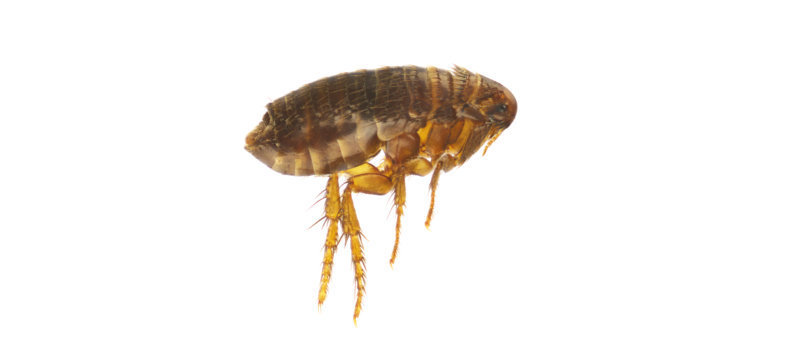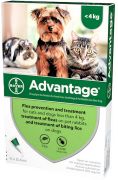Invasion of the Flea!

Invasion of the Flea! |
|||
|
It’s a Wonderful Time of the Year … If You’re a Flea! Fleas are having a great time! A mix of warm and damp weather means there’s currently a population explosion going on - albeit slightly under the cover of … fur! Whilst fleas are commonly associated with cats and dogs, rabbits can suffer with fleas too - and this is quite common with multi-pet households - if your dog or cat has fleas, it’s highly likely your rabbit has fleas too. |
|||
The Tell-Tale Signs!The most obvious symptom of a flea infestation is frequent scratching, but signs of hair loss, spots, allergic reactions and redness can also occur. Tiny dark debris may also be visible at the base of light fur … this is likely to be flea poop(!). But the absence of symptoms does not necessarily mean no infestation. Pets regularly groom themselves (and others!) which can remove some active fleas … but rest assured others will be waiting to pounce! And fleas are not too fussed if they come across a human either. They are happy to bite away causing itchy, red welts commonly around the feet, ankles and lower legs. The bite is only the first stage of flea contact; once the skin has been broken, the flea injects a little saliva to stop blood clotting from the initial wound (yuk!) and then sucks the blood for a hearty meal.
|
|
||
A Little About the Flea ...Fleas have an interesting life. And, despite what people may think, the majority of their life (some 95% of it) is spent away from your pet. So if you spot a flea on your pet, chances are fleas have been around the house for a good while! The female flea can lay around 50 eggs per day - and this can be for 3 months or more. In ideal conditions, the life cycle from egg to fully functioning bitey flea can be as short as a few weeks, giving some idea of how quickly a small infestation can rapidly get out of hand. Eggs are white and around 1/2mm in length. They hatch into larvae of around 2-5mm in length, and these larvae will head for carpet, skirting boards, and anywhere else warm and cosy and out of sunlight. They’ll feed off general debris for a number of days then create a cocoon for the ultimate in snugness! This cocoon is quite an extraordinary thing; it can keep the larvae snug and safe for 6 months, and is totally resilient against insecticides … the equivalent of an underground bunker! As the cocoon is so robust, it means that infestation treatment must continue for a number of months after the first treatment to ensure newly developed fleas are killed once they emerge from their cocoon, and before they have the chance of adding to the population.
|
|||
Not sure where to go from here?The Hay Experts has an AMTRA qualified Animal Medicines Advisor, who is on hand to help with the prescribing of POM-VPS and NFA-VPS products for companion animals. Please call our office on 01189 099 066 or contact us using the web contact page from here to discuss your needs. This is a free service to our customers.Contact our Animal Medicines Advisor for general advice or speak with your vet for any immediate health concerns. |
|||





